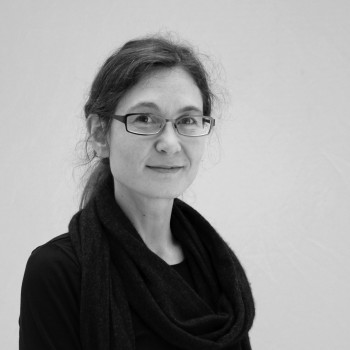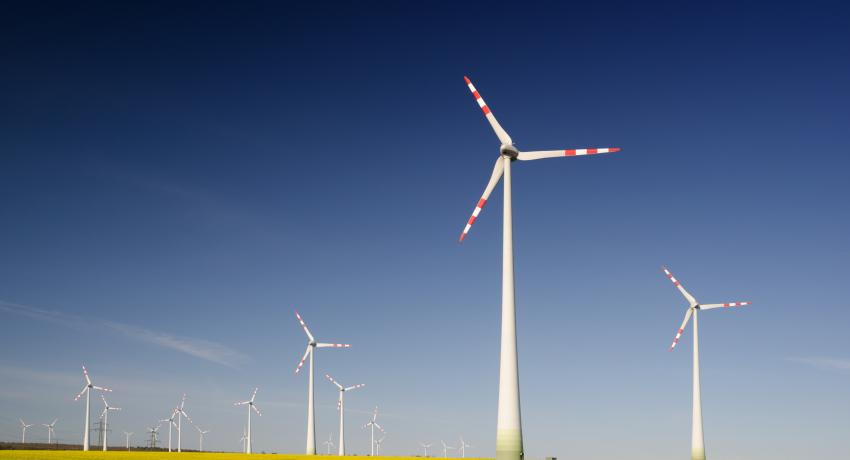There is a gap between what users expect and what science can provide. In any business, there will be an element of risk, which no tool can eliminate.
The European Union plans to increase its share of renewable energy to 32% by 2030, up from around 16% currently, according to the latest figures. How should the electricity generation system be managed in a time when intermittent renewables such as wind and solar are increasingly phased in?
The S2S4E project will develop and make available a Decision Support Tool for the renewable energy sector. But what are the users’ own expectations to this tool? S2S4E researchers have to identify users’ needs and anticipations.
Researchers conducted a number of in-depth individual and group interviews, in different departments at European energy companies. What the interviewees have in common is that they currently use or are considering using climate forecasts for the coming weeks and months (also called sub-seasonal to seasonal or S2S time scales) in decisions related to the company’s operations, finances or investments.
“The users are a very diverse group,” says Jana Sillmann, research director at CICERO Center for International Climate Research in Oslo, and one of the authors of the report. “They differ in their expertise and experience with S2S forecast –and this is reflected also in what kind of expectations they have for S2S-forecast and in what tasks they are responsible for in their organizations” she adds, pointing to one of the key challenges behind developing the decision support tool.
Primarily a financial matter
Among the findings in the report is that with respect to the integration of seasonal to sub-seasonal forecasts (S2S) into decision-making processes, the major enablers of the uptake of S2S forecasts by energy users are financial gains or avoided losses: making sure that power generation is optimized to supply the right amount of energy at the right time.

However, the prospects of financial gains are counteracted by the potential of a forecast failure, which represents a major barrier. According to respondents in the report, the failure of a forecast could cause higher damages than the benefits of a successful one.
“This shows that it all boils down to a question of risk,” says CICERO researcher Asbjørn Aaheim.
All users would appreciate higher accuracy and better data. However, decisions are rarely made based solely on raw, quantitative data. Decision-makers also make qualitative judgements, based on existing S2S forecasts and input from in-house departments.
“You could get all the data in the world, delivered in any format that you want, but still there will be a human element to it. No tool will give one hundred per cent certainty, yet someone in the organization needs to take a decision based on the information that they get. And decision-makers tend to be risk-averse,” says Aaheim.
“There is currently a gap between what we as scientists can provide, and what the users need. But that was expected. After all, that is what this project is all about – bridging the gap between climate science and the users’ needs,” says Jana Sillmann.
Report key findings
Temperature and precipitation relevant to most users
All respondents highlighted that they are currently using or in need of weather and climate forecasts. Nearly all of them showed an interest in information on temperature and precipitation. Wind speed and solar radiation are also important for most respondents focusing on wind, solar and demand, and it had lower importance for the hydropower sector.
Decision-making is dependent on both sub-seasonal and seasonal forecasts
The temporal resolution of the forecasts needed varied between the interviewees and for the same interviewee depending on the context. The hourly temporal resolution of the forecasts is the most required, while forecasts at 3-hour and daily temporal resolutions represent 20% of the needs each. These daily and sub-daily resolutions are used to create forecasts a coarser temporal resolution such as S2S forecasts. Regarding the geographic resolution or aggregation level at which decisions are taken, the interviewees responded that they are interested in local, regional and national scales, with the latter two being the most requested.
Most users use forecasting tools
In general, the interviewees need forecasting tools, which are provided from various sources; Only one user reported not using any forecasting tools. Most interviewees apply tools from national, regional or consultant forecast providers.
S2S tools used for decisions on operations and services – not for maintenance
In half of the interviews, the respondents declared that currently there is no use of S2S forecast information for any decisions, while the other half explained that they are already using it for one or more applications. All the interviewees that are using S2S forecasts are applying them in decision support tools to run operations/services. Some of them also qualitatively exploit S2S forecasts for risk management and market decisions.
Wide dependence in the energy sector on weather and climate information
All steps of the electricity value chain are impacted by weather conditions. This dependency concerns all departments within a single company. Whether financial, operational or contractual decisions, they all usually consider weather and climate conditions when making important decisions.
Users prefer raw data
There is common agreement among interviewees that the decision support tool should provide raw data. Users need and want the dataset provided ready for downloading. Some respondents would mainly exploit raw data analyzing them in-house. Others are willing to use both raw and processed data. Interviewees are not concerned about the format in which data are delivered. Data visualization combined with downloadable datasets seems to be the preferred option.
Accuracy and reliability guarantee
Accuracy and reliability of the forecasts are the most expected features that the DST should guarantee. The high quality of the forecasts is a necessary condition for the uptake of the service. In terms of reliability, respondents were mostly asking for skill scores (a statistical measure of how well the forecast has performed in the past) and, when not familiar with the technical terminology, they asked generally for the failure rate of the forecasts.
Different spatial resolution
The second most common feature raised was the spatial resolution. To integrate forecast in the operational models currently in use, the same geographical resolution is required. Different spatial resolutions needed in different organizations and within the same organization depend on the decision they are taking.
Three ways to build trust in a decision support tool
According to the respondents, three main elements contribute in equal measure to build trust:
- Accuracy and reliability of the forecasts
- ensure users’ understanding
- the reputation of the provider
Monthly webinars
The project envisages the possibility of providing expert support as a service. Webinars are a common and highly appreciated solution. When asked about it, the monthly frequency was recommended.

Written by Eilif Ursin Reed / CICERO.

